|
Hey writers! Got a tricky scene that isn’t working out, and you can’t figure out why? Confounded by your characters’ inexplicable desire to do the opposite of what you want them to do? At a complete blank at what your protagonists are destined to do next? You might have a pivot point! I’m using my last post of 2019 (written in 2019 but obdurately posted in 2020) to talk about this little writing nugget, partially because I haven’t done a post for writers since the summer, and also because I’m hoping this slide into 2020 will be a pivot point for me. 2019 was rough, for a variety of reasons from sheer business with my summer job to a series of mental/emotional cataclysms, but 2020 already feels more stable. My next book, Sunshield, releases in May, and I have several long-awaited goals coming to fruition in this next year. So it seemed topical to discuss these little oddities I think of as plot “pivot points.” Below I’ll talk about what these tricky scenes are, why they can send a manuscript spiraling out of control, and a few ways I approach them. See it all after the jump! What Exactly Are We Talking About?So what is a pivot point? It’s a moment in your story where, depending on what the character does, could send the plot in any number of drastically different directions. To be fair, your entire manuscript has infinite potential to do this, but there are often a handful of key scenes on which the heart of your story--your protagonists' personalities, their interaction with their world, and their ultimate arcs---rests. This might make it seem like pivot points would be action-oriented scenes, but I’ve found that my pivot points are almost always dialogue, whether with other characters or done internally. This is because it’s during these critical conversations that your character is often debating something—do I go on the quest? Who are my allies? What are my convictions? How will I react to this challenge? I should point out that these scenes aren’t necessarily pivot points for your finished plot—a reader, when coming to your problem scene, might not see any particular crossroads there. It might not be a major, high-stakes moment where the consequences of a decision are clearly defined. These are in-progress pivot points, your own problematic spawn, that affect the writing of the novel. They’re places where, depending on which way you pivot, you could end up with a completely different book. Which for me, a Plotter*, can be terrifying! So let’s break them down, shall we? *For non-writers, “plotters” are people who like to plan out their stories beforehand, while “pantsers” prefer to fly by the seat of their pants and do minimal plotting. Most people are hybrids. I’m probably 80% plotter and 20% pantser. By Another NameIn Save the Cat! Writes a Novel by Jessica Brody (a book I’ve mentioned before), the author identifies two catalysts in most novels—one at the beginning that boots the protagonist out the proverbial door into the unknown, and one near the end that fuels the climactic finale. At first I thought my concept of pivot points might be what Brody calls the catalysts, but I’ve now come to think of them more as the step that follows—the Debate. The catalyst is usually outside the protagonist’s control—the Hogwarts letter arrives, the Ring of Power comes to Frodo, Lucy finds the wardrobe. It’s the waffling that comes after that places the plot in the hands of the protagonist, and depending on what the character decides, it’s going to snowball into your ultimate finished story. Again, a reader might not identify these scenes as being hinges for the plot—they’re more likely to hone in on a catalyst as a major turning point in a novel. But as writers, the debates can be trickier to conceptualize and write, because it’s in these moments that our characters have no place to hide. Their convictions, biases, and backstory are in full view. What Do They Look Like?While Brody lists two catalysts and two debate periods, I’ve found I tend to have five to six pivot points throughout the novel, usually when the character is confronted with new information they have to act on or digest (which can be considered mini-catalysts). I’ve also found they tend to be some of my hardest scenes to write. I know I’ve reached a pivot point when I freeze up, unsure of what a character needs to do. Dialogue doesn’t lay right. Actions seem contrived or aimless. An oversight in backstory or motivation becomes glaringly obvious. These are also the scenes I rewrite the most—trying, over and over, to figure out what’s going wrong and why things seem so off. For Example...A good example of when I first started identifying my pivot points is from my second book, Ashes to Fire. There’s a lot of action up front, with a wedding, a short journey, and an attack. But perhaps surprisingly, the scene I had the hardest time with—one that I rewrote dozens of times and was still editing up through copyedits—was the brief, quiet scene between Mona and Mae on the ship as they head toward Cyprien. At first, I couldn’t figure out why the scene was giving me so much grief—they’re just chatting on the boat! Mae has a splinter! Mona is reading a book! What’s the big deal? What I came to realize was that this scene lays the groundwork for every decision Mona makes afterward—her political actions, her attitudes toward romance, her list of allies… this scene sets them all up. By getting the conversation wrong, it was skewing all the stuff that needed to come afterward. When I focused too much on politics and not on her unease toward romance, it deflated all the tension building between her and Rou. When I focused too much on nitpicking over her romantic past, it watered down the dire politics she was facing (and gave away too many of her secrets up front). And by not touching on her perceptions of fellow queen Gemma, the subsequent strange, delicate dance of their alliance had no depth. That scene went through complete and partial rewrites at every round of editing, and I recall tweaking some of the dialogue on the eve that the final manuscript was due to my editor. Now, when I reach scenes that give me similar trouble, I have more insight into what the issue is—it’s a scene that future story arcs are resting on. Get it wrong, and those arcs shoot off in bizarre directions… or simply fall apart. So what do we, panicked and frustrated writers, do when facing a perplexing pivot point? Strategy 1: Ignore It!Ah, the writer’s best friend—willful ignorance! Often, though, this is the best strategy when confronted with a trouble scene. Pivot points rest on a character’s debate over their convictions, and sometimes, especially early in a draft, we simply don’t know what that character’s convictions are yet. By the third installment in my trilogy, Creatures of Light, I had a pretty good grasp on all my protagonists, but when starting Sunshield, with a brand-new set of characters, I was at square one again. I went through several of those frustrating scenes with Lark, Veran, and Tamsin because I didn’t know them well enough yet. Ultimately, I simply put a place holder in the text – [insert argument here]— and moved on. Once I’d sketched out the rest of the plot, I knew my characters better and had a stronger grasp on how they would react in conflicts. Strategy 2: Stick to the ThemeIgnoring a character’s plight can only last so long, however—for whatever reason, my editor isn’t wild about me leaving conjectural action in brackets and letting the reader fill in the rest (I recall sending him a synopsis outline for Sunshield with one whole bullet point simply being “shit hits the fan”). When I’m returning to a scene I’ve previously skipped over, I often find my character’s theme is the best tool I have for figuring out their beliefs. Brody’s Save the Cat has a great section on your character’s theme—what it is, why it’s important, and how to identify it. In essence, this is your character’s journey—it’s the Big Truth they need to figure out about themselves throughout the trials of the novel. And fortunately for us as authors, once we understand our characters’ themes, they can help inform all their actions, anger, joy, defeats, and triumphs. In Sunshield, when I hit a snag with Veran—Mae’s son—I waffled over his actions before remembering that his theme rests on his sense of identity, and his craving to make his mark. Once I’d established that, it clarified what he’d choose to do in the moment (turns out, rush headlong into just about anything, like mother like son). Strategy 3: Write Trash, Rewrite LaterBeing a hardcore Plotter, this strategy gives me major anxiety, but it does work and might be more appealing to Pantsers. Sometimes we just have to write a scene knowing that it’s garbage, and then force ourselves to keep going. Occasionally, that garbage draft will produce a gem that works out, or—gasp—gives us a better alternative than the one we had planned. This happened in Sunshield with my bandit protagonist, Lark. I arrived at a pivot point where I hadn’t fully defined her beliefs or backstory, and I went against my inclinations to skip the scene and instead hashed out a conversation between her and Veran. It ultimately opened up an aspect of her character that’s now a critical part of her backstory. Sometimes, pushing forward allows dialogue and action to flow to a natural conclusion we haven’t considered yet. Go Forth and Pivot!So, there's my high-quality insight for this 2019-2020 transition. If you're having problem with a scene in your manuscript, it may be because past and future action are relying on that scene to shine. Patience, perseverance, and open-mindedness are key to success. I'm sure that has some parallel to pivot points in real life, but I can't for the life of me figure out what it is. Happy 2020 everybody--go forth and pivot! December Art Round-UpA ten-year redraw of my 2009 piece of Legolas at the gates of Mordor, two Eugenides speedpaints because it had been a minute, and a watercolor commission of Denali for a Christmas gift. What I'm Reading:
2 Comments
1/5/2020 01:15:38 pm
Great stuff. It's intriguing to read about the writing process and how others perceive, analyze, and work through their pinch points. It seems like the ability to frame your different options and think through what you're trying to do -- a well-developed metacognition -- might be a key factor in your writing so well!
Reply
Emily
1/7/2020 06:21:43 pm
Thanks, David!
Reply
Leave a Reply. |
Emily B. MartinAuthor and Illustrator Archives
August 2020
Categories
All
|

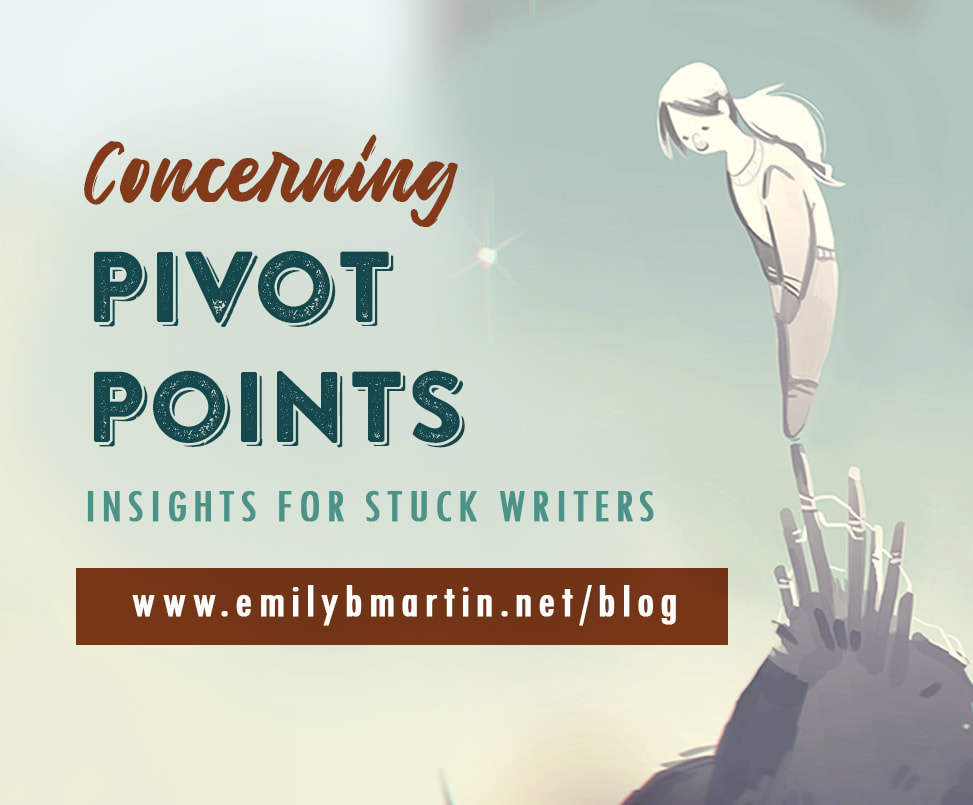
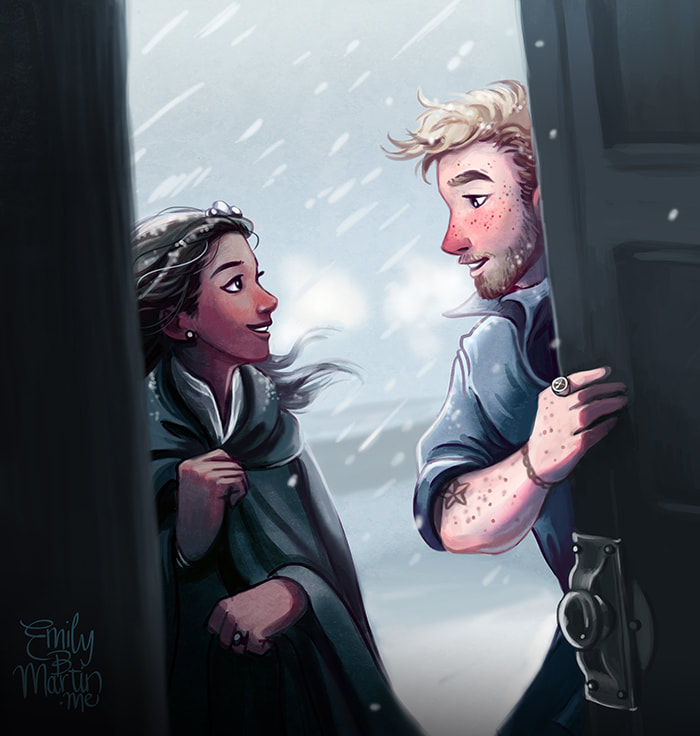
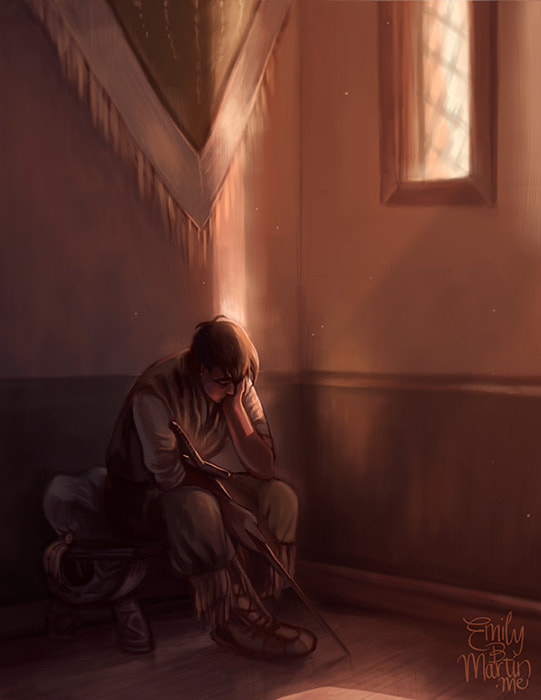
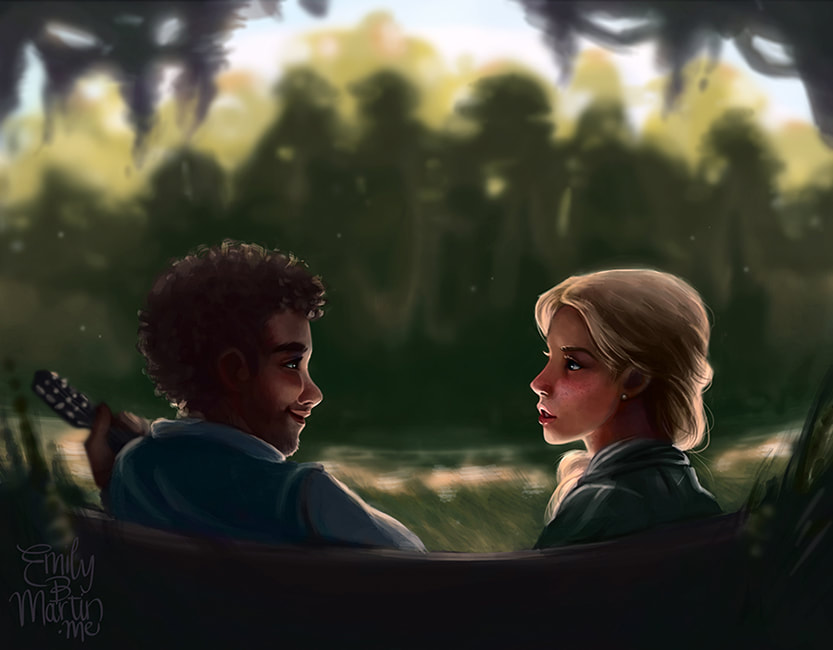
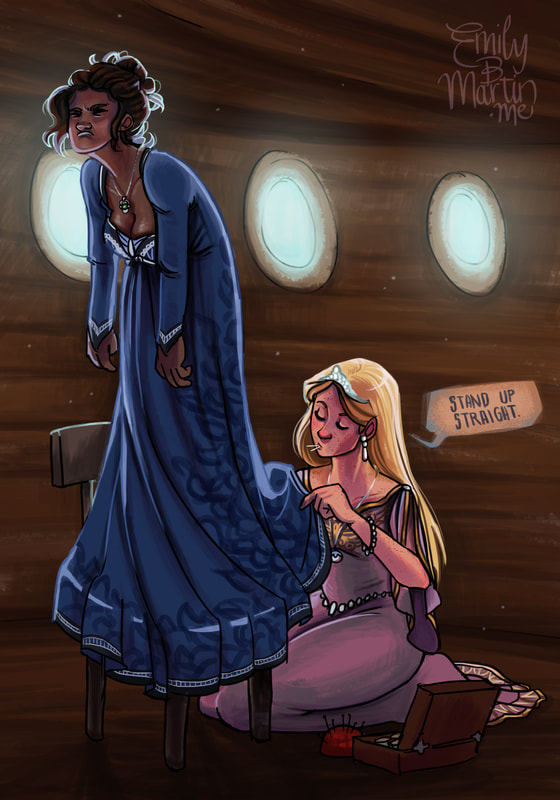
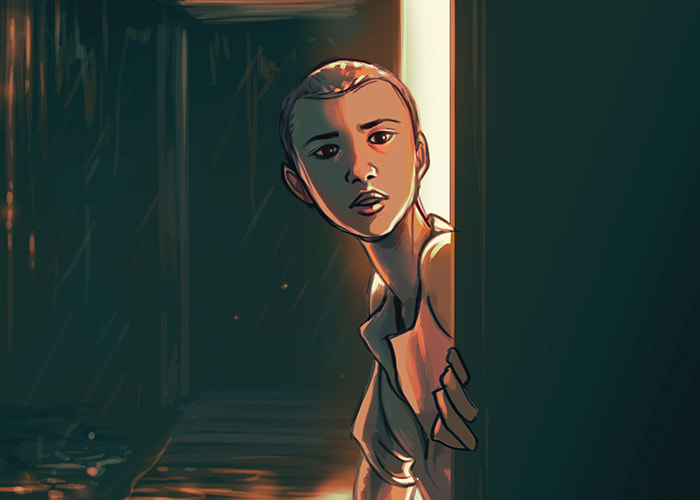
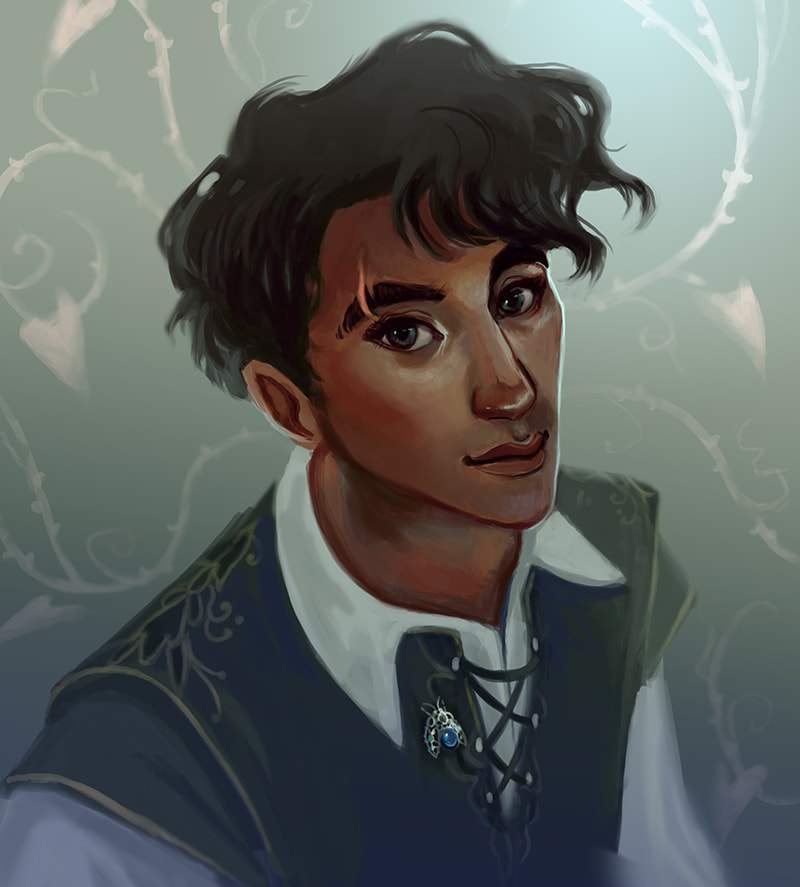


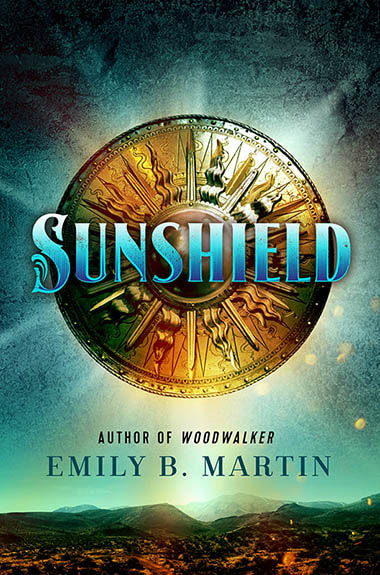
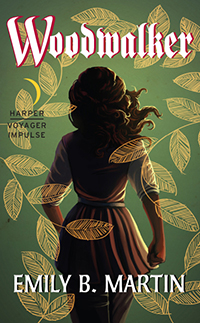
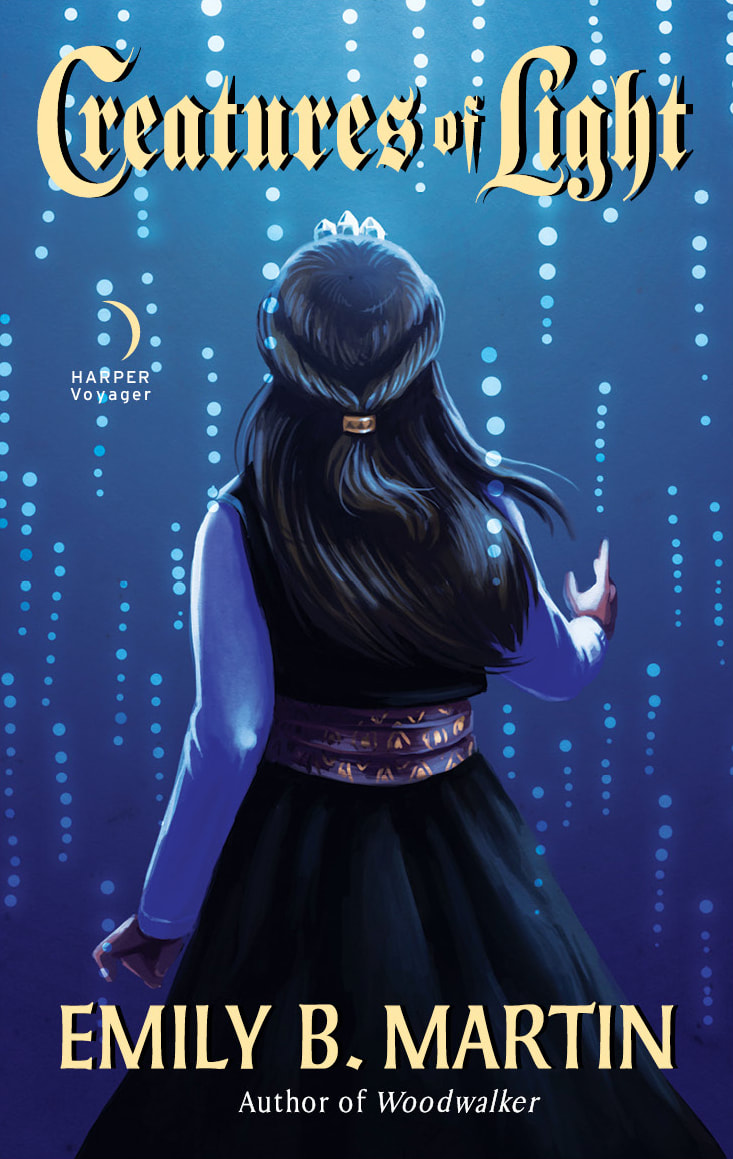
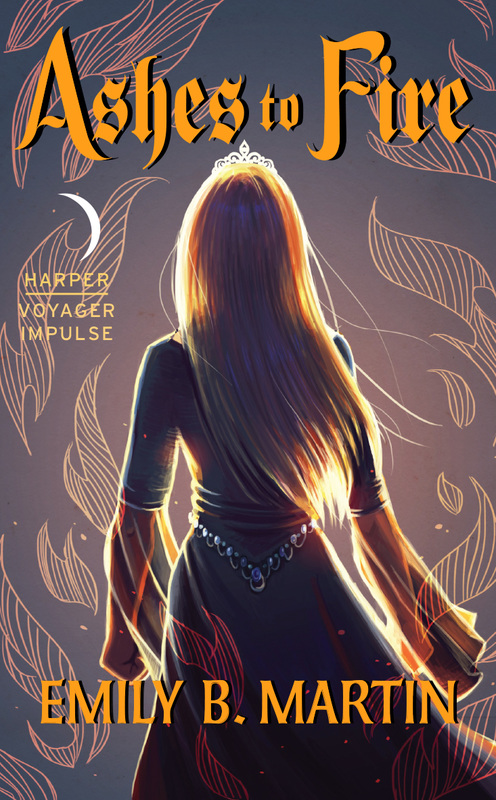
 RSS Feed
RSS Feed

